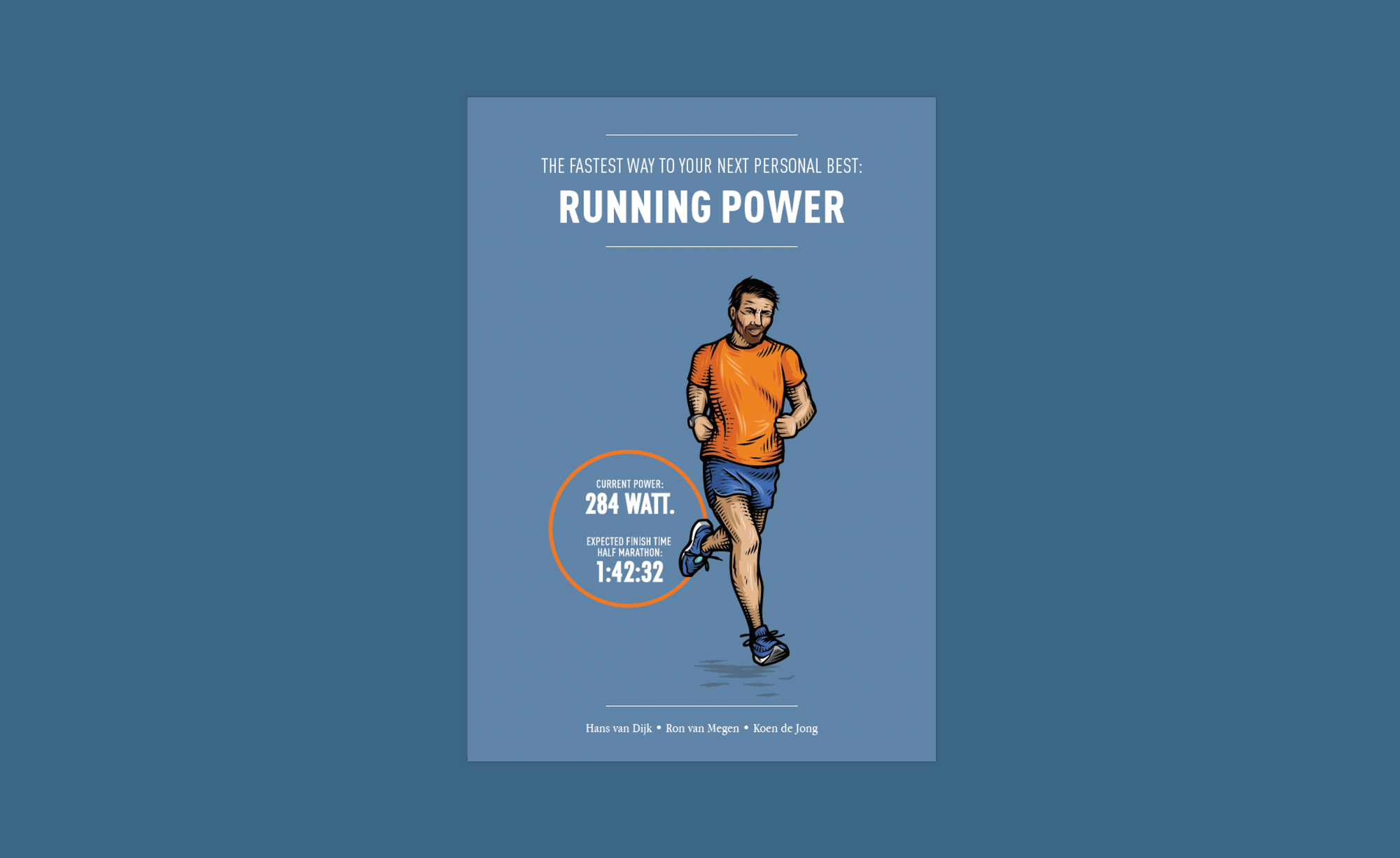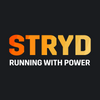Training for Your Half-Marathon Personal Best

A half marathon is a popular distance among avid runners. It’s the distance where you can really push your limits, and you still feel good for days after your intensive performance.
Jane S. (48) has been running since she was 12. From her 12th to her 41st birthday, she ran continuously. If she didn’t run for a week, she would get cranky. At that point, her husband would suggest that she might go for a quick run.
However, at the age of 41, her world fell apart. She had been diagnosed with breast cancer. She overcame the disease with heavy operations, a lot of chemotherapy, and a good dose of willpower. At the age of 44, she set a goal: a half marathon.
In her mind, finishing a half marathon was a definitive statement of health. She started training, but it was hard. She was used to fatigue, but not the kind of fatigue she felt after interval training. And she often had odd aches and pains. The fatigue and aches sparked fear and had her question herself. Am I still sick? Am I sick again?
After each check-up, her doctors assured her that she was healthy and that her condition was superb, given her circumstances.
She did an exercise test and started training with a heart rate monitor. That helped. Her pace went steadily from 5:30 min / km (8:30 min / mi) to under 5:00 min / km (8:00 min / mi). It wasn’t quite the level she had hoped to achieve, but there was still progression. Then, she injured her knee and had to rest for a month. Jane had hoped to complete her half marathon after six months, but she’d been training for more than six months now, and she felt she hadn’t made much headway.
Then, one day her old coach asked to go for a run on the track with her. After a month of rest, her coach noticed that Jane was running at a lower step frequency than before. She ran 400 meters with a step frequency of 165 steps per minute. According to her coach, this should be at least 180 steps per minute. It felt awkward for Jane, and the coach suggested testing it with a Stryd meter.
At which step frequency does she run the most economically?
That was the question. It soon became clear that Jane benefited from a higher step frequency, and she started to learn more about her Critical Power. As it turned out, Jane had lost her natural technique after surgery and a long break. Tension from her neck and back radiated downward, and her left groin and left calf were also under high tension. Unconsciously, her body tried to correct that, and one of its “solutions” was a lower step frequency. Her new (mediocre) technique, however, combined with her old pace caused a serious injury. After rest and treatment of her back and groin, she could train freely again. She trained in a variety of ways and didn’t pick up her pace until her Critical Power had increased. 14 months after her resolve to run a half marathon, she went for it. With a time of 1:42:46 she declared herself fit and healthy.
Want to try for yourself?
With Stryd you can go to Events in the main menu of the app. There, you can enter a half marathon. Next, enter the date of your event and the number of training sessions you want to do each week. Stryd also asks which day you would like to perform your longest run in the training plan.
Choose high volume or low volume and your workouts are automatically added to your training calendar.
Examples of power-based workouts that make training enjoyable:
1. Monthly Critical Power Maintenance Workout
This workout targets a 3 to 5 kilometer all out effort to help calibrate your Stryd Auto-Calculated Critical Power. This way, you can test if your Critical Power is improving.
2. Monthly Critical Power Maintenance Workout
This workout is an easy warm up with two sections of quality running. Your first quality section will be 20:00 at 88-95% of your Stryd Auto-Calculated Critical Power. You should aim to start the 20:00 between 88-90% and progress up to 95% by the end of the duration. After an easy 3:00 recovery you’ll have a 10:00 section at the same power target, 88-95% of your Stryd Auto-Calculated Critical Power. The aim of this workout is to practice running at a steady submaximal effort for an extended duration. After the 10:00 section, run an easy cool down.

Want to learn more about Running Power?
Download The Fastest Way To Your Next Personal Best: Running Power eBook (with over 65+ pages of content) for free to learn simple ways you can use power to improve your running performance.
Click here to download. Enjoy the book!

